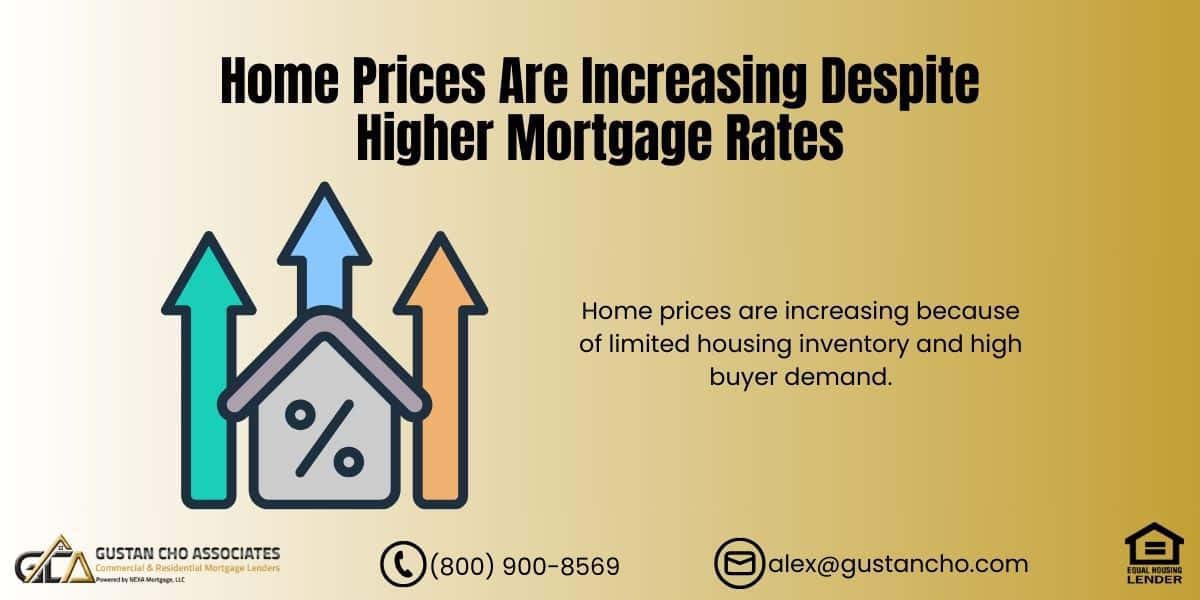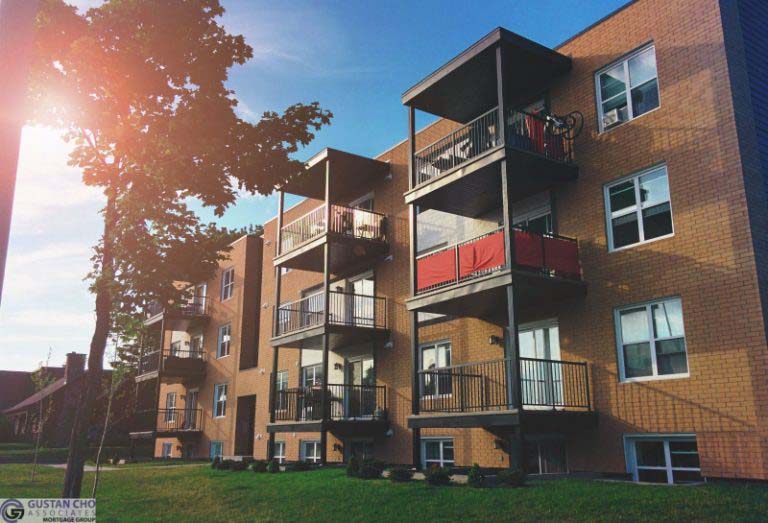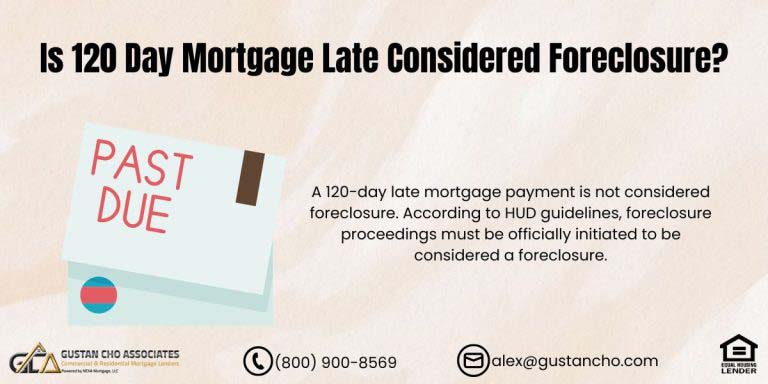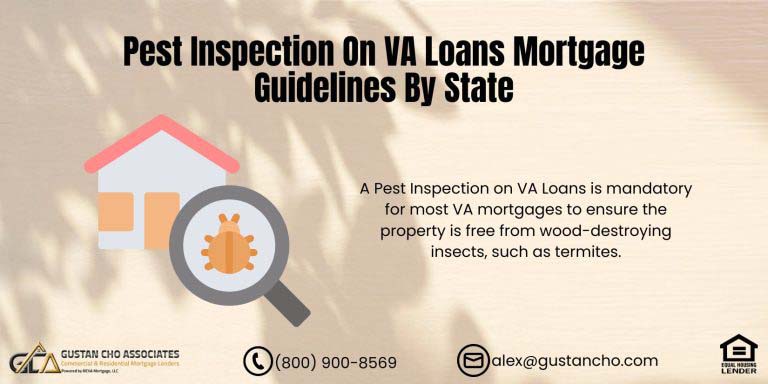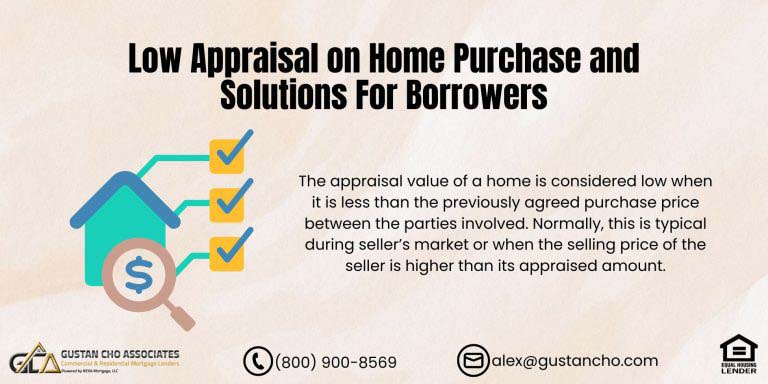This guide guide covers how home prices are increasing despite higher mortgage rates. All indicators point to a housing bubble. The real estate boom we have experienced since 2019 is like no other housing explosing since the housing market peaked in 2005-06. HUD and the FHFA have increased loan limits for eight years in a row due to rising home prices.
In many cities, like New York, San Francisco, and Dallas, home prices are higher now than they were before the crash of September 2008. Inventory, while low in some areas is misleading depending on the price tag of the house.
A new wave of first-time buyers have been brought into the market as rent prices continue to rise. Interest rates have risen some spurring a sense of urgency, and the variety of loan products have given a bigger pool of buyers a chance to obtain housing who would otherwise be shut out. So what is different now? In this article, we will discuss and cover Home prices are increasing despite higher mortgage rates.
Home Prices Are Increasing To The Highest Level Since 2008 Real Estate Crash
The main difference between now on home prices are increasing and before the 2008 housing crash is a smaller inventory has risen values, and not the products and uncontrolled speculation that followed like before. Prior to 2009, appraisals were influenced by other professionals within the industry. This led to many homes being overvalued as homes were given automatic seasonal upward adjustments. Even if comparable sales of prices supporting it did not exist at the time. Today there is an Automated Collateral Underwriting system that holds appraisers, and lenders feet to the fire because values, increases. Market trends are all documented to support or deny the value. Lenders can no longer speak with the appraiser. He or she needs to be left alone to determine an unbiased value based on objective data.
Changes in Mortgage Guidelines
The second difference is down payment and income verification. Gone are the days where people could purchase one home, or multiple at the same time without a down payment. FHA loans require 3.5%. Fannie Mae and Freddie Mac require 3% to 5% on conventional loans. In most cases, non-QM loans and Jumbo mortgages require at least 10% down payment. If 3.5 percent down payment does not sound like a lot, it may be the life savings of a renter who have been saving money to become a first-time homebuyer. A 3.5% down payment is a world of difference in the eyes of a homebuyer who sees the first sign of hardship while they are living in a home and will make them think twice to walk away.
Worried About Rising Home Prices and Higher Mortgage Rates? Act Now Before Prices Climb Higher!
Contact us today to discuss how you can take advantage of the market and secure your dream home.
What is Different Today on Home Prices Are Increasing vs The 2008 Financial Crisis
The more they put as a down payment into a home, the less likely they are likely to walk away. Even more important, the homebuyer will think twice about their purchase before signing on the dotted line and committing to a 30-year fixed-rate mortgage. If borrowers have skin in the game, the less likely they are to bail on their obligation of paying their home mortgage.
Prior to 2007, no money down homes with no income verification accounted for a large percentage of homebuyers. No-doc and stated income mortgage loans with no down payment were very common.
Due to homebuyers not having skin in the game was the primary reason for large number of foreclosures. Today you need a down payment. You need to show you are making money, filing taxes, which show you have the will, and ability to buy a house. No-doc non-QM loans are back. However, most non-QM loans require a 20% down payment. For about three years, cash purchases accounted for 50% percent of home sales (2008-2011).
Regulatory Environment During 2008 Financial Crisis
Financial regulations were less strict, allowing for risky lending practices and inadequate oversight of financial institutions. Regulative reforms such as the Dodd-Frank Act have increased oversight while implementing measures to prevent risky lending before the crisis. Mortgage lending standards have tightened significantly since then. Now, lenders require more proof of income, higher credit scores, and larger down payments. As a result, some more qualified borrowers are less likely to default on their loans.
Today’s Home Prices Are Increasing and Economy vs 2008
Despite some bumps along the way, the overall economy is stronger now than it was then. Unemployment rates have fallen significantly, and governments and central banks worldwide have obtained substantial fiscal and monetary support. Home prices now are not like the 2008 financial crisis in several ways. I some of the major differences:
Home Prices Are Increasing and Lending Standards During 2008 Financial Crisis
Before the crisis, mortgage lending standards were loose. Subprime mortgages were common; many borrowers got loans without verifying their income (e.g., no-doc and low-doc loans). This caused a large number of defaults once home prices started dropping. There was an oversupply of homes for sale at that time. Too many new homes had been constructed, leading to an excess inventory when the market crashed.
Homeowner Equity During The 2008 Financial Crisis
Many homeowners needed more home equity during this period. Some had even taken out home equity loans, leaving them with negative equity when house prices dropped.
Interest Rates During the 2008 Financial Crisis
In the years before that event, interest rates were relatively low, encouraging excessive borrowing and thereby inflating house prices. Although they have remained at historic lows recently, interest rates are gradually rising in response to improving economic conditions globally. Hence, central banks are more cautious about using them to curb housing bubbles through adjustments. Many consumers were living beyond their means by taking on too much debt, considering what they earned or owned at the time.
Comparing How Home Prices Are Increasing Today vs. During the 2008 Housing Crisis
Homeowners generally have much greater equity now than they did back then due to appreciation over time and buyers’ larger down payments compared to previous years. Higher equity levels serve as a buffer against potential downturns in market value. There was a lot of speculative activity, with investors flipping properties or buying houses with the intention of quick resale, which added volatility to prices.
Home Prices Keep Rising Despite Higher Mortgage Rates—Let’s Find You the Best Financing Options
Reach out now to explore mortgage options that can help you secure your home before prices increase further.
Today’s Real Estate Bubble
Though still present today and more controlled than before, institutional investors have been buying up properties for long-term rental income rather than fast flips, thus providing stability within markets.
Home Prices Are Increasing Today
There needs to be more housing inventory. Construction must catch up with population growth, so a strong demand for limited supply pushes up prices.
Home Prices Are Increasing: Types of Buyers
The third difference, which is from my own observation, people are a little more frugal Millennials, who make up the largest percentage of the population and new home buyers, saw what their parents went through ten years ago. Many still have student loans they have to pay off and are looking for smaller places with lower prices.
Economic Fundamentals During the 2008 Financial Crisis
The wider economy was also fragile, with high consumer debt levels and financial instability within the banking sector. When buyers would become qualified. Real estate and lenders would come to some sort of agreement of how much they could qualify for, and the agent would find the house at the peak of their budget. These buyers are smarter and are not looking for fixer-uppers, or home projects, which are discretionary obligations that have bankrupted many new homeowners already leveraged out on their disposable income. The bottom line is the market is high, and affordability is being outpaced by home prices are increasing, and the costs associated with the home like real estate taxes.
In Summary on Comparing Home Prices Are Increasing Today vs 2008
Consumers have become more financially literate and exercise prudence when dealing with money matters, thus avoiding overstretching themselves financially. This can be attributed partly to the greater emphasis on financial literacy and responsible debt management awareness campaigns among various population groups worldwide. The current housing market has stronger economic fundamentals, stricter lending standards, a lower supply of homes for sale, greater homeowner equity compared to the pre-2008 period, etc. All these factors contribute to ensuring price stability today, unlike before 2008, when things were quite different. Even though not without risks, these factors still provide a safer ground for pricing houses nowadays.
FAQs: Home Prices Are Increasing Despite Higher Mortgage Rates
- 1. Why are home prices increasing even though mortgage rates are higher? Home prices are increasing because of limited housing inventory and high buyer demand. This is especially true for first-time buyers entering the market as rent prices rise.
- 2. Is there a housing bubble due to home prices increasing? Some experts think there may be a housing bubble because home prices are going up fast. Similar to the time before the 2008 financial crisis.
- 3. How have higher mortgage rates affected home prices? Despite higher mortgage rates, home prices are increasing because the demand for homes remains strong, and the supply is still limited.
- 4. Are current home prices higher than before the 2008 crash? Yes, in many cities like New York, San Francisco, and Dallas, home prices are higher now than they were before the 2008 crash.
- 5. What role does inventory play in home prices increasing? Low housing inventory contributes significantly to rising home prices. Fewer homes are available for the growing number of buyers.
- 6. How have loan limits changed in response to increasing home prices? HUD and the FHFA have increased loan limits for eight consecutive years to keep up with the rising home prices.
- 7. What is different about the real estate market now compared to 2008? Unlike the 2008 crisis, today’s market has stricter lending standards. A more substantial down payment is required, and better-regulated appraisal processes contribute to increasing home prices.
- 8. Why are first-time homebuyers entering the market now? First-time homebuyers are entering the market because rising rent prices make buying a home a more attractive and sometimes more affordable option, despite higher mortgage rates.
- 9. How do current down payment requirements affect home prices? Higher down payment requirements mean buyers have more “skin in the game,” reducing the likelihood of foreclosures and contributing to home prices increasing steadily.
- 10. What economic factors are supporting the increase in home prices today? The overall stronger economy, lower unemployment rates, and increased fiscal and monetary support from governments and central banks are helping maintain the trend of home prices increasing.
This guide on home prices are increasing was UPDATED on July 30th, 2024
Rising Home Prices and Higher Mortgage Rates—Time to Buy is Now!
Contact us today to get pre-approved for your home loan and make your move before prices rise even more.


